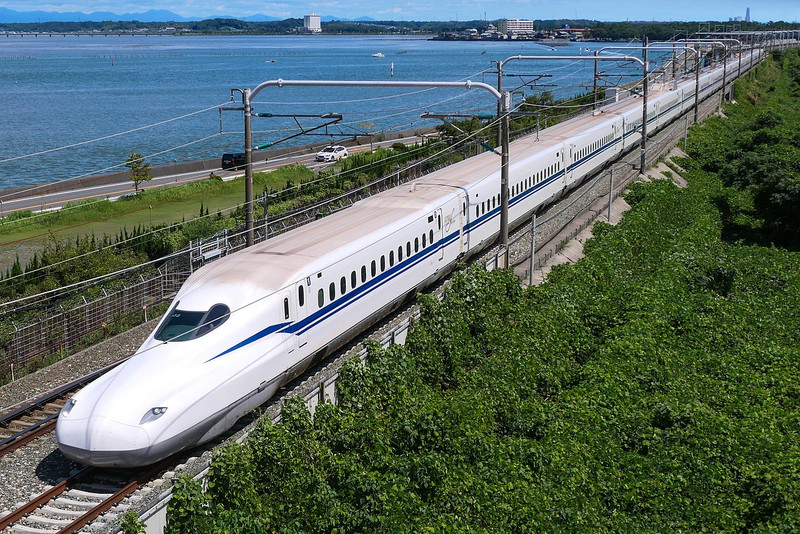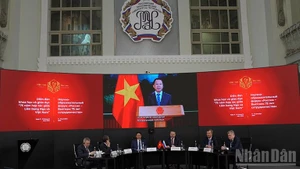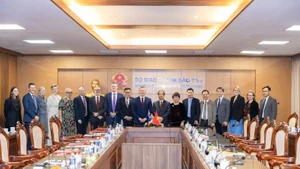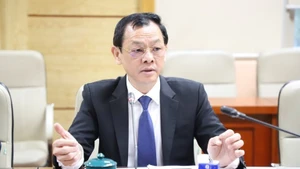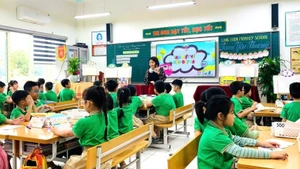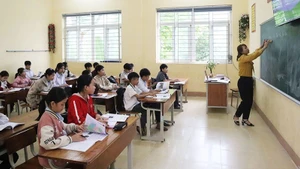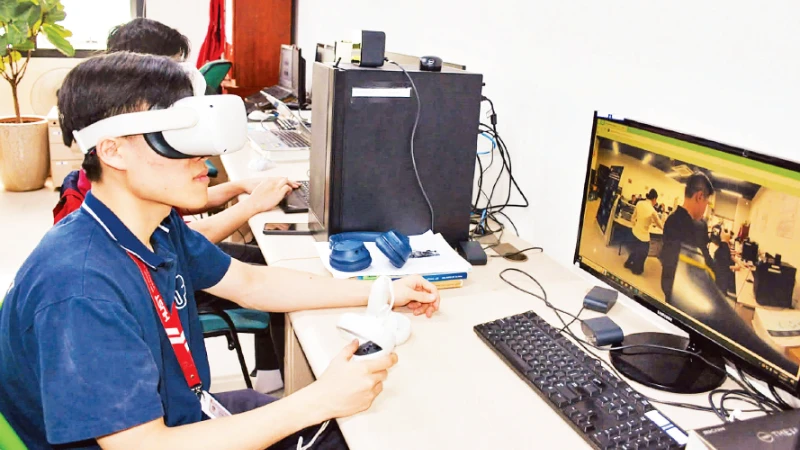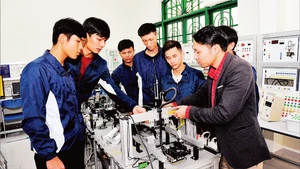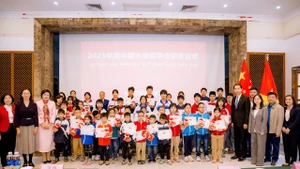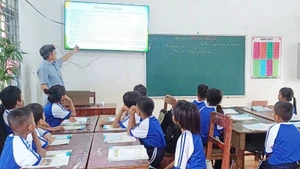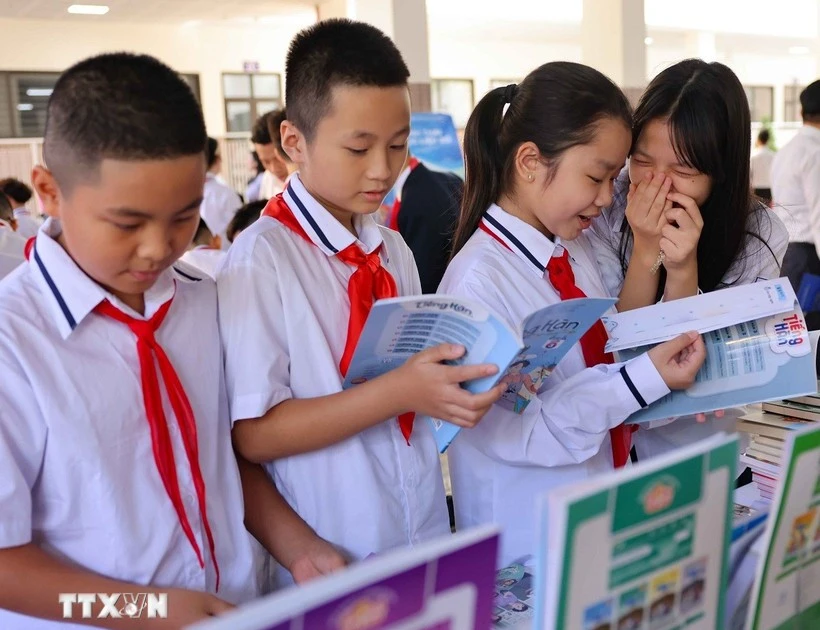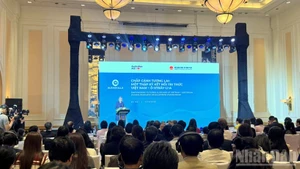The Vietnamese railway industry is entering a strong development phase, especially with the north-south HSR project and the planning of urban railway networks in major cities.
In the next 5-20 years, the demand for personnel in this field is expected to increase significantly, with approximately 26,000-32,000 workers needed for the construction phase and nearly 14,000 workers for the operational phase. This requires innovation in training and access to modern technologies to ensure high-quality human resources.
The north-south HSR is expected to require a large number of personnel for construction, operation and management. Training human resources is one of the key factors determining the success of this national key project.
According to Professor Bui Van Ga, former Deputy Minister of Education and Training, there needs to be flexible policies related to training high-quality human resources for the HSR project in the coming years, as well as training personnel for the development of urban railway systems to ensure the sustainable development of the transport sector.
Many fields of study related to railway projects have been challenging to recruit for in recent years, failing to attract good students, and some fields such as materials and metallurgy have no students at all.
The construction and the bridge and road industry have faced significant recruitment difficulties in recent years. Insufficient recruitment targets mean there are inadequate resources to maintain the training field, let alone the development of the profession. This is a major challenge for the current workforce.
On the other hand, there should be policies to encourage talented students to study the prioritised fields for project implementation. The policy of supporting teacher training students is a good experience for Vietnam to train high-quality human resources in other fields that the country needs.
Universities that train related fields need to improve the quality of training, promote career opportunities and job prospects to recruit more talented students. Additionally, they need to gather experts into strong research groups, register to conduct in-depth research on high-speed railway-related fields, such as road and bridge design, automation, locomotive dynamics, carriages and so on.
Schools with experience in railway training should quickly connect with universities offering specialised programmes in high-speed railways to send students and teachers for learning and research. They should open joint training programmes for dual degrees specialising in high-speed railways at undergraduate and postgraduate levels.
"Since high-speed railways involve many fields, we need to train some chief engineers who can oversee, understand the expertise, and have experience in practical production to direct the implementation of sub-projects within the overall project," emphasised Ga.
At a recent workshop on construction technology and human resource development for high-speed railway projects jointly organised by Da Nang University of Science and Technology (DUT) and Da Nang Department of Transport, many suggestions were discussed. Delegates focused on discussing and contributing ideas for the railway-metro construction specialist training programme the DUT is implementing. This is a strategic step to build an internationally standardised training programme, providing high-quality human resources for future HSR and metro projects.
According to Hoang Anh Dung, Deputy Head of Infrastructure Management at Vietnam Railways Corporation, the human resource training programme includes three types of training: domestic training, overseas training, and a combination of domestic and overseas training at various levels including workers, engineers, masters and doctoral students.
Dung proposed allocating funds from the project to train state management agencies, provide advanced training for lecturers, offer scholarships for students in specialised fields, and build shared laboratories for training, research and development.
Associate Professor Phan Hoang Nam, Deputy Dean of the Faculty of Bridge and Road Construction at the DUT, said the 1,500 km north-south HSR project will require hundreds of design engineers to participate in design, as well as thousands of engineers and highly skilled workers during construction and operational management. In addition, a component project to renovate and upgrade the existing 1,000 mm gauge railway also needs thousands of personnel.
Universities need to develop appropriate training plans for the next 5-10-15 years. Universities need scholarship policies to encourage students to study high-speed railway fields. Building clear career paths to attract high-quality talent to the railway industry as well as strengthening cooperation with relevant ministries, sectors and businesses will give students opportunities for internships and employment after graduation.
Nguyen Trong Nghia, CEO of Invest Global Consulting and Investment Joint Stock Company, suggested establishing a dedicated high-speed railway academy to train human resources, with functions and duties to cooperate, connect and coordinate with major, experienced railway investment, management and operation companies worldwide to develop specific personnel plans. The academy would be a foundation to organise and manage training programmes to leverage the existing advantages of current training institutions.
